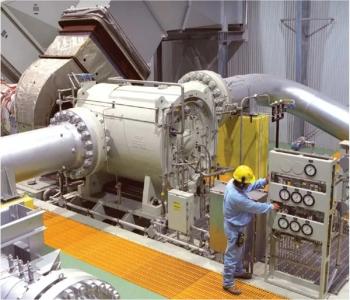
Anthony Brough and Christean Kapp of Dora Partners & Co. address their new partnership with Turbomachinery International and highlight the centrifugal and reciprocating compressor markets.

Anthony Brough and Christean Kapp of Dora Partners & Co. address their new partnership with Turbomachinery International and highlight the centrifugal and reciprocating compressor markets.

Under the pilot project, the partners will develop ammonia cracking systems to build out hydrogen and ammonia supply chains and decarbonization technologies.
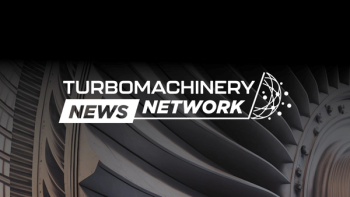
The Turbomachinery News Network, for the week of October 27, 2025, covers news from GE Vernova, Baker Hughes, and Mitsubishi Power.
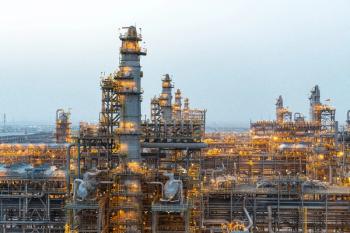
Since installation, the Fadhili Gas Plant has demonstrated a 10 – 15% reduction in amine and steam usage and an approximately 5% reduction in power usage.
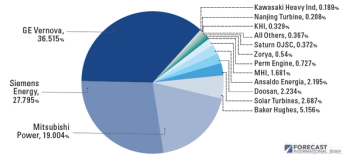
Ever-increasing energy demands are placing a harsh spotlight on the supply chain and workforce challenges plaguing the turbomachinery industry.
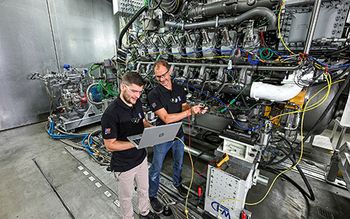
Under the meOHmare project, partners will develop a comprehensive concept for a CO2-neutral marine engine based on green methanol by year-end 2025.

Prior to the official methanol retrofit, Everllence invested in a dedicated 4S90 testbed engine which validated methanol performance under real operating conditions.
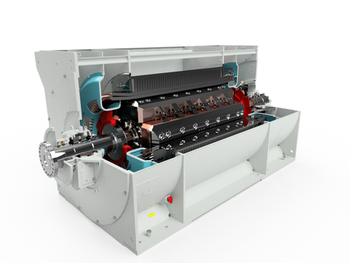
The Blue Point Number One Ammonia Project will produce blue ammonia via autothermal reforming while capturing up to 2.3 million metric tons of CO2 per year.

Roiled by executive orders, agency rulemakings, and other initiatives, the U.S. power generation landscape has shifted dramatically this year from renewables to dispatchable generation. What’s more, vast and ever-rising estimates of electric demand growth created by data centers, artificial intelligence, and advanced manufacturing are adding to the turbulence.
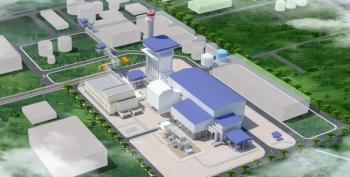
The plant’s post-combustion carbon-capture technology features exhaust gas recirculation, steam integration, and controls integration, reducing up to 90% of CO2 emissions.

The company’s coiled-tube drilling operations include its CoilTrak bottomhole assembly system and enhanced reservoir analysis driven by the GaffneyCline energy advisory.
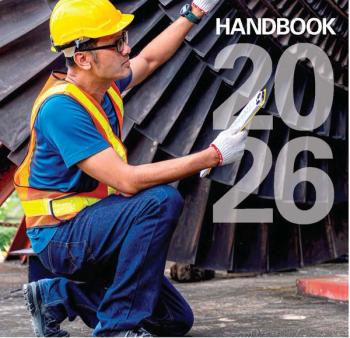
The 2026 Handbook includes a comprehensive outlook of the U.S. power industry and gas turbine market, as well as an industry-wide directory and specifications listings.
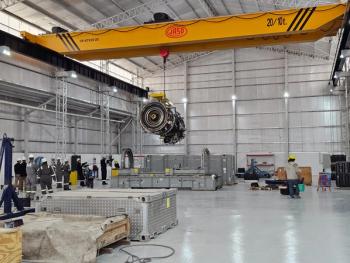
The newly opened facility is expected to boost aeroderivative repair capabilities and reduce component lead times across Argentina, Brazil, Chile, and Uruguay.

The Turbomachinery News Network, for the week of October 20, 2025, covers news from NextDecade, Everllence, Doosan Enerbility, ExxonMobil, and Capstone Green Energy.

The new power plant will deploy Mitsubishi Power’s M701 JAC gas turbine with 30% hydrogen co-firing potential, helping to meet the Singaporean net-zero emissions target by 2050.

The LM6000 aeroderivative gas turbines, generating up to 112 MW for the Isaac Power Station, will allow QPM to expand the Moranbah gas production and infrastructure assets.

Xdot Bearing Technologies’ product offerings will accelerate growth in high-performance markets with advanced pumps, compressors, and high-speed rotating machines.

These 800-volt direct-current microturbines will be integrated in AI Power Blocks, which deliver power, liquid cooling, and computation in a rapidly deployable system.
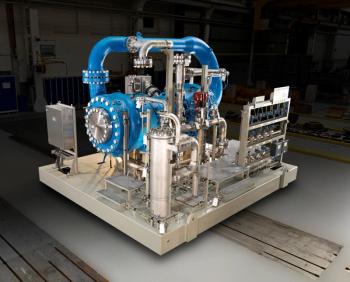
The motor pipeline compressor design eliminates the need for dry gas seals and lubrication systems, leading to higher reliability and minimized lifecycle costs.
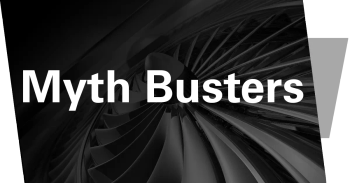
Klaus Brun and Rainer Kurz offer differing opinions on the necessity of high-speed versus low-speed balancing, citing API standards and diving into operating-speed discussions.
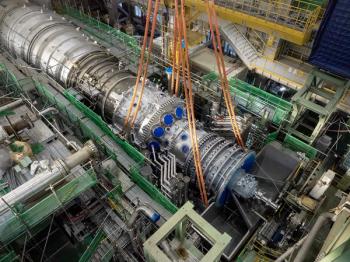
This win marks the company’s first overseas export deal for gas turbines, with Doosan Turbomachinery Services performing maintenance at its Houston-based location.
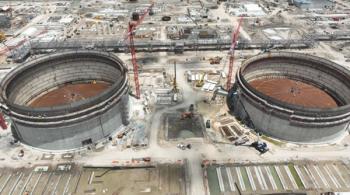
Train 5 is commercially supported by 4.5 MTPA of 20-year LNG sale and purchase agreements with JERA, EQT Corp., and ConocoPhillips, with completion slated for 2031.

The field’s advanced floating production, storage, and offloading vessel is equipped with high-pressure gas compression, combined-cycle power generation, and more.

The Turbomachinery News Network, for the week of October 13, 2025, covers news from EthosEnergy, Mitsubishi Power, Ebara Elliott Energy, and Shell.
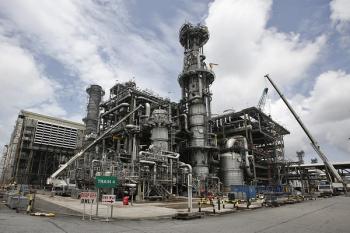
The HI field will increase the feedstock at Nigeria LNG through its Train 7 project, expanding the Bonny Island terminal’s production capacity and Shell’s global LNG volumes.

Thin-wall casings and shell bodies play a critical role in turbomachinery, but their susceptibility to imperfections and buckling raises leakage and failure risks.
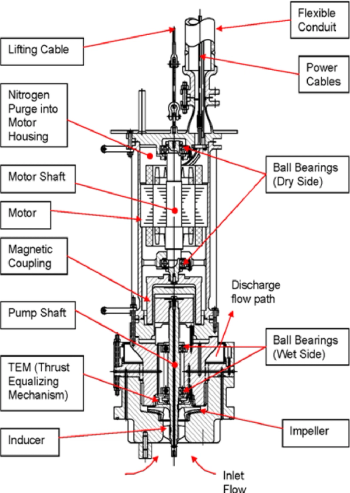
Although sealless pumps are optimal designs for ammonia applications, operational challenges may include monitoring the nitrogen purge and installing flexible conduits.

The new infrastructure includes a new power line, main 138-Kv breaker, 100-MVA power transformer, and numerous capacitor banks to allow full-speed, full-load testing.

The assembled M501 JAC gas turbine will be delivered to the 475 MW Amiral Cogeneration Plant in Jubail, Saudi Arabia, supplying electricity and steam for a petrochemical complex.

Using a proprietary mix of sand and other particles, the dust-ingestion testing aims to replicate how parts may withstand flight conditions in harsh operating environments.